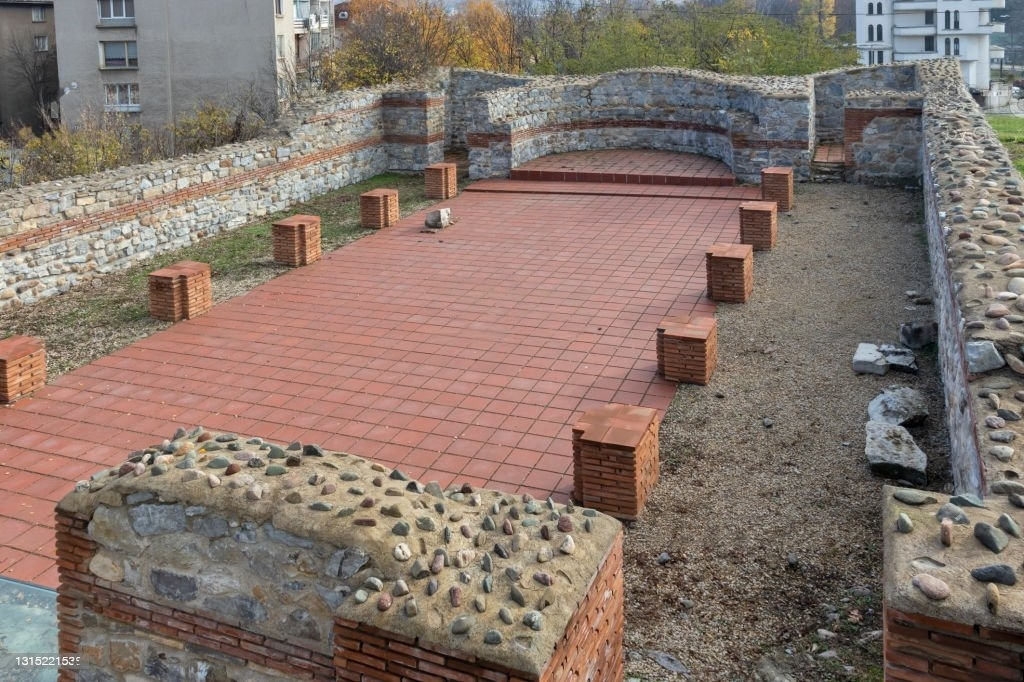If you’re planning to use colored concrete for your next project, you might be wondering whether the colour will lighten as it cures. This is a common concern among contractors and homeowners, as the final colour of the concrete can impact the project’s overall look.
The short answer to this question is that it depends on a few factors. The type of coloured concrete you’re using, the amount of water in the mix, and the curing conditions all affect how the colour will appear once the concrete has cured.
One thing to remember is that the concrete’s colour may appear lighter when wet, but will often darken as it dries. This is because the water in the mix can lighten the color, but once it evaporates, the true color of the concrete will become more apparent.
If you’re using a colored concrete sealer, this can also impact the final color of the concrete. A sealer can enhance or change the color of the concrete, so it’s important to choose the right type of sealer for your project.
Ultimately, the best way to ensure that the colored concrete looks the way you want it to is to work with a professional who has experience with colored concrete projects. They can help you choose the right mix and sealer, and ensure that the curing conditions are optimal for the best possible color result.
The color of colored concrete can lighten as it cures, but it can also darken depending on various factors. By working with a professional and paying attention to the mix and curing conditions, you can ensure that the final color of the concrete meets your expectations.
What Color Is Concrete Naturally?
Concrete is a widely used material in the construction industry, known for its durability and strength. But have you ever wondered what color concrete is naturally? Most people assume that concrete is gray, but that’s not entirely true. The natural color of concrete actually varies depending on several factors.
The main component of concrete is cement, which is a grayish-white powder. When mixed with water and aggregates such as sand and gravel, it forms a paste that hardens and becomes concrete. The color of the cement powder plays a significant role in the final color of the concrete.
The color of the aggregates also affects the color of the concrete. For example, if the aggregates are light-colored, the concrete will have a lighter shade, while dark-colored aggregates will produce a darker color. Moreover, the type of aggregate used also plays a role in the final color. For instance, using red volcanic rock as an aggregate will produce a reddish color.
Although natural concrete may have a range of colors, colored concrete is becoming increasingly popular in the construction industry. Colored concrete is achieved by adding pigments or dyes to the concrete mix or by applying a colored concrete sealer. This method provides a wide range of colors and shades, making it suitable for various design styles.
The natural color of concrete varies based on the components used, such as the color of the cement and the type and color of the aggregates. However, colored concrete is a popular option for those looking for a more aesthetically pleasing option. Whether you prefer the natural color or colored concrete, both offer durability and strength, making them excellent choices for construction projects.
What Color Concrete For Driveway?
Choosing the right color for your concrete driveway can be a daunting task. With so many options available, it can be difficult to determine which color will best complement your home’s exterior and landscape. However, selecting the perfect colored concrete for your driveway can dramatically enhance your property’s curb appeal and increase its overall value.
When it comes to choosing a color for your concrete driveway, there are several factors to consider. The first step is to take a close look at your home’s exterior color palette. You’ll want to select a concrete color that complements your existing color scheme and blends seamlessly with your home’s overall aesthetic. For example, if your home has warm, earthy tones, you may want to consider a concrete color with similar hues.
In addition to selecting the right colored concrete, you’ll also want to consider a colored concrete sealer. A sealer not only enhances the color of your concrete but also provides an additional layer of protection against weathering, staining, and fading. With a wide range of colored concrete sealers available, you can select a sealer that perfectly complements your driveway’s color.
Ultimately, the color you choose for your concrete driveway is a personal preference. However, it’s important to select a color that not only looks great but also meets your practical needs.Whether you’re looking for a subtle earthy tone or a bold statement color, there’s a colored concrete option out there for you.
Why Does Concrete Change Color As It Dries?
Many people may have noticed that concrete changes color as it dries, and this phenomenon has left many wondering why this happens.
The color of concrete can vary depending on several factors, including the type of cement used, the amount of water added during mixing, and the presence of additives or pigments. In addition, the color of concrete can change as it dries due to a process called efflorescence.
Efflorescence is a natural process that occurs when water evaporates from the surface of the concrete, leaving behind salts and minerals. These salts and minerals can create a whitish or grayish film on the surface of the concrete, which can affect its overall color. This process is more likely to occur in humid or damp environments, and it can be exacerbated by the use of coloured concrete or colored concrete sealer.
Speaking of coloured concrete and coloured concrete sealers, these products have become increasingly popular in recent years due to their ability to enhance the aesthetic appeal of concrete surfaces.
Overall, the colour of concrete can change as it dries due to various factors, including the type of cement used, the amount of water added, the presence of additives or pigments, and the natural process of efflorescence. Understanding these factors can help builders, contractors, and homeowners achieve the desired colour and finish for their concrete projects.





